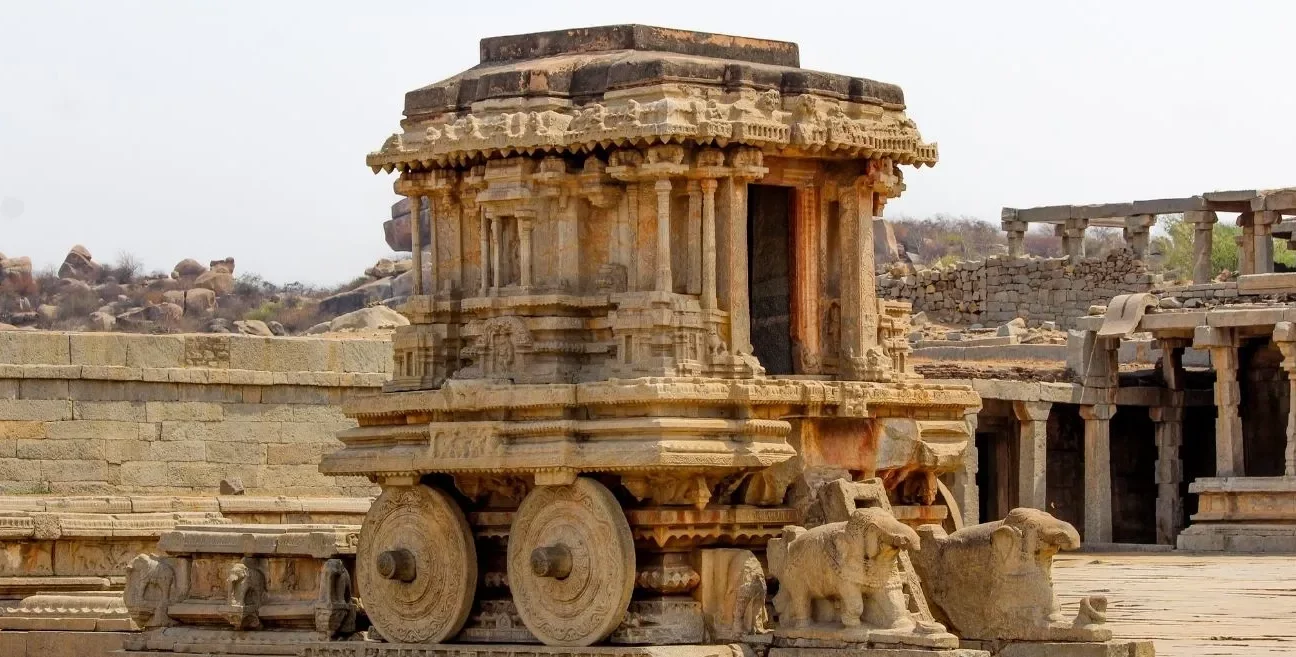Exploring India’s Heritage through UNESCO World Heritage Sites

India’s cultural, historical, and natural heritage is as vast and diverse as its population, and it finds powerful representation in the numerous UNESCO World Heritage Sites scattered across the country. These sites are not only important cultural landmarks but also offer invaluable insight into India’s rich history, heritage, and natural beauty. The inclusion of these sites on the UNESCO list signifies global recognition of their importance, urging their preservation for future generations.
Cultural Heritage
India’s UNESCO World Heritage Sites are deeply rooted in its ancient civilization and traditions. Among the most iconic is the Taj Mahal, located in Agra, which stands as a symbol of eternal love and architectural brilliance. Built by Mughal Emperor Shah Jahan in memory of his wife Mumtaz Mahal, this white marble mausoleum combines elements of Persian, Ottoman Turkish, and Indian architecture, and its inclusion on the World Heritage list underscores its status as an architectural masterpiece.
Another important cultural site is the Qutub Minar in Delhi, the tallest brick minaret in the world, symbolizing the onset of Islamic rule in India. The Ellora and Ajanta Caves in Maharashtra, with their intricate rock-cut temples and paintings, represent the zenith of ancient Indian artistry and Buddhist, Hindu, and Jain influences. These caves are a testament to the spiritual and artistic vibrancy of India, spanning centuries of religious evolution.
The Khajuraho Group of Monuments in Madhya Pradesh are another remarkable site, renowned for their intricate and sensuous sculptures depicting life and spirituality. The temples, built by the Chandela dynasty, showcase the creative achievements of ancient Indian architecture and art.
Natural Heritage
Beyond cultural landmarks, India’s UNESCO World Heritage Sites also include incredible natural wonders. The Sundarbans in West Bengal, a vast mangrove forest, is home to the Bengal tiger and a rich diversity of flora and fauna, playing a crucial role in global biodiversity preservation. It is an exemplary model of India’s commitment to protecting its delicate ecosystems.
The Kaziranga National Park in Assam, famous for its population of one-horned rhinoceroses, is another UNESCO-listed site that emphasizes the significance of conservation. The park serves as a sanctuary for wildlife, playing a crucial role in maintaining the ecological balance and preserving rare species. Similarly, the Western Ghats, a mountain range running parallel to India’s western coast, is a biodiversity hotspot that houses unique species of plants and animals.
Archaeological and Historical Significance
Several UNESCO World Heritage Sites in India also have immense archaeological and historical value. The ancient city of Hampi, once the capital of the Vijayanagara Empire, is a treasure trove of ruins that include majestic temples, palaces, and market streets, providing a window into medieval India’s grandeur. The Fatehpur Sikri, built by Mughal Emperor Akbar, is another such site, a city that combines grand Mughal architecture with spiritual significance.
Preservation and Future Challenges
The preservation of India’s UNESCO World Heritage Sites is a constant challenge. With rapid urbanization, environmental degradation, and tourism-related pressures, these sites require ongoing efforts to maintain their integrity. The Indian government, along with international organizations, has made significant strides in protecting these sites, but challenges remain in balancing development with conservation.
Conclusion
India’s UNESCO World Heritage Sites are an essential part of its identity, reflecting the country’s rich cultural diversity and commitment to safeguarding its historical and natural treasures. By exploring these sites, one gains a deeper understanding of India’s past and the importance of preserving its heritage. These sites continue to inspire visitors, researchers, and cultural enthusiasts alike, offering a bridge between India’s glorious history and its future.
Lessons:
- UNESCO World Heritage Sites in India represent the country’s cultural, historical, and natural diversity.
- Sites like the Taj Mahal, Qutub Minar, and Khajuraho showcase India’s architectural and artistic brilliance.
- Natural heritage sites such as Kaziranga and the Sundarbans play a vital role in global conservation efforts.
- Preserving these heritage sites is essential for maintaining the integrity of India’s history and biodiversity.
- These sites foster cultural pride and provide a deeper understanding of India’s rich traditions and achievements










